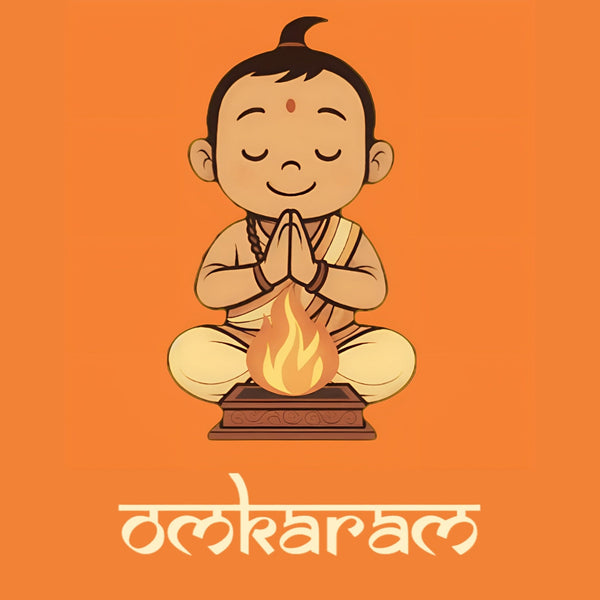Medaram Jaatara
Sammakka-Sarakka/Saralamma Jatara
The Medaram Jatara, also known as Sammakka-Sarakka Jatara, is Asia's largest tribal fair and the second-largest human congregation in India after Kumbh Mela. Held biennially in Medaram village, Mulugu district, Telangana, this 4-day festival honors the tribal goddesses Sammakka and Sarakka (Saralamma).

Historical & Mythological Significance
Tribal Legend (12th-13th Century CE)
- The festival commemorates the bravery of a mother-daughter duo from the Koya tribe who fought against the Kakatiya dynasty's unjust taxes.
- Sammakka (mother) was the wife of Pagididda Raju, a tribal chief appointed by Kakatiya rulers.
- When the Kakatiyas demanded excessive taxes, the Koya tribe revolted under Sammakka's leadership.
- After a fierce battle, Sammakka and Sarakka disappeared into the forests, later becoming deified as tribal goddesses.
Sacred Geography
- The festival takes place at Medaram, Tadvai forest, and Jampanna Vaagu (a stream named after Sarakka's son, Jampanna, who died in battle).
- The Sammakka-Sarakka temple is a simple structure, reflecting tribal traditions.
Recognition & Modern Revival
- Declared a State Festival (Sammaakka Sarakka Jaathara) by the Telangana government in 1996.
- Recognized as National Festival by the Government of India (under consideration).
Religious & Cultural Significance
Tribal Faith & Worship
- Sammakka is worshipped as the "Mother of the Forests", while Sarakka is revered as the "Goddess of Valour".
- Devotees offer jaggery (bangaram/gur) equivalent to their weight, coconuts, and turmeric-painted sticks.
- The Koya priests (Pujaris) conduct rituals in the Gondi language, preserving tribal traditions.
Unique Rituals
- Arrival Ceremony (Muggu Gattam) – The goddesses' spirits are brought from the forest in a ceremonial procession.
- Jampanna Vaagu Dipam – Devotees light lamps in the stream to honor Jampanna’s sacrifice.
- Bonfire Ritual (Garelam) – Symbolizes the tribal resistance against injustice.
Social Harmony
- Unlike caste-based Hindu festivals, Medaram Jatara is open to all, including tribals, Hindus, and devotees from other faiths.
- No temple structure – Worship happens under the open sky, reflecting tribal simplicity.
Scale & Economic Impact
Massive Congregation
- 10-15 million devotees attend over 4 days (compared to Kumbh Mela’s 30-50 million).
- Second-largest human gathering in India after Kumbh Mela.
Economic Boost
- Generates ₹500-1000 crore in local business (food stalls, transport, handicrafts).
- Telangana Tourism promotes it as a global tribal heritage event.
Infrastructure & Government Role
- Temporary city with hospitals, police camps, and transport (buses, helicopters).
- Free food (annadanam) served to millions.
Unique Features
✅ Largest Tribal Festival in Asia – Bigger than Pushkar Mela.
✅ No Idol Worship – Only swayambhu (self-manifested) turmeric mounds represent the goddesses.
✅ Women-Centric Festival – Celebrates female warrior energy.
The Medaram Jatara is not just a religious event but a symbol of tribal pride, gender equality, and resistance against oppression. Its raw spiritual energy, cultural richness, and staggering scale make it a must-experience festival in India.
The information presented in this app has been sourced and consolidated from publicly available data on the internet. While we strive to provide accurate and up-to-date content, we do not guarantee the completeness or reliability of the information. The app and its developers do not take any responsibility for errors, omissions, or any consequences arising from the use of this information.
